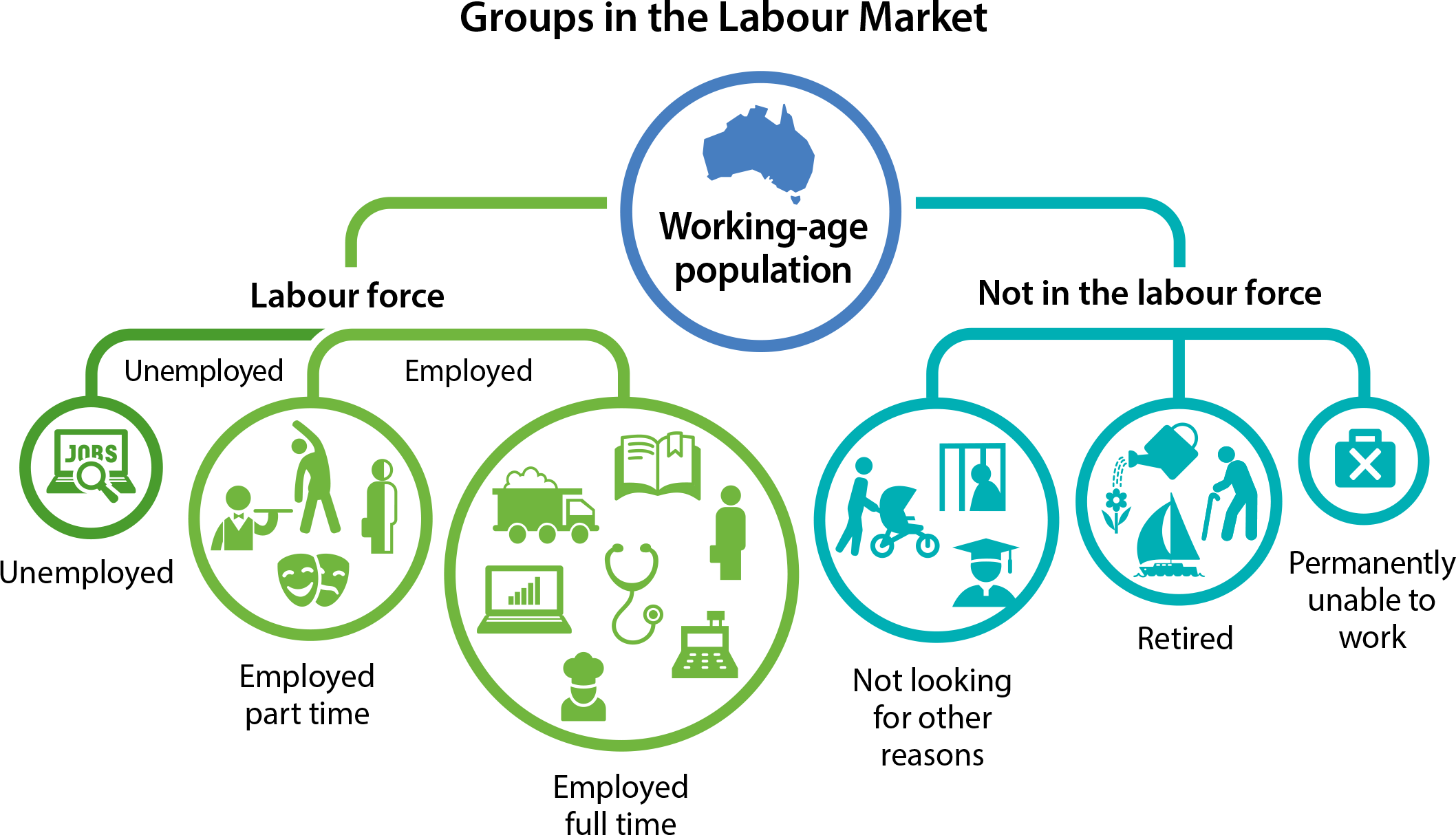Understanding the Cost of Employment Services
Understanding the Cost of Employment Services in Australia: Pain Points for Government, Providers, and Job Seekers
Australia's employment services system is a complex but essential mechanism designed to help people on income support find and maintain paid work. With billions spent each year and continual reform underway, understanding the true cost per job seeker—and the key challenges faced by stakeholders—is crucial for improving both outcomes and policy development [1] [4].
💰 What Does It Actually Cost?
- Workforce Australia Online: Costs under $500 per job seeker. This is designed for highly job-ready individuals who can self-manage their job search via digital tools.
- Workforce Australia Provider Services: Costs rise to around $14,000 per job seeker, supporting those who need tailored, intensive assistance.
- Historical Perspective: Under the former Jobactive model, costs averaged around $3,000 pre-COVID, spiking to $5,000 during the pandemic. Today, costs are stabilizing at approximately $3,500 for most, with additional outcome bonuses paid for long-term unemployed clients (unemployed for 24+ months).
🏛️ Government Pain Points
- Budget Constraints: Employment services consume $1.2–$1.3 billion annually, but with Australia spending just 0.29% of GDP (vs. OECD average of 0.50%), policymakers face tough questions around value for money [[1]].
- Resource Allocation Dilemma: Balancing low-cost digital services for the job-ready with expensive, intensive supports for disadvantaged groups requires careful targeting and monitoring.
- Reform Complexity: Transitions to digital-first models demand major contract shifts, legislative change, and stakeholder buy-in—slowing progress and often triggering political sensitivity [[4]].
🧩 Provider Pain Points
- Financial Uncertainty: Providers are navigating tighter funding, inflation, and evolving licensing/payment models [2].
- Outcome-Based Funding Pressure: Payments are increasingly linked to demonstrated results, not just participation—raising the bar for success.
- Service Delivery Challenges: Providers juggle diverse caseloads (e.g., long-term unemployed, people with disability) under limited resources and increasing compliance requirements.
👥 Job Seeker Pain Points
- Digital Divide: While efficient for some, digital platforms can exclude disadvantaged job seekers without the right skills, devices, or support [[1]][[2]].
- Inconsistent Experiences: Service quality varies greatly between providers. Some job seekers thrive, while others report feeling like "just another number."
- Complex Navigation: The transition between online and provider-led services can be confusing. Complex eligibility rules and system fragmentation make it difficult to stay engaged.
✅ Conclusion
Australia's employment services system is in flux. Costs per job seeker range from a few hundred dollars to well over $10,000, depending on the level of support required. The government must walk a fine line between fiscal efficiency and social impact. Providers must adapt, innovate, and prove their worth. Job seekers deserve consistent, accessible, and effective pathways to employment.
Solving these pain points isn't just about cutting costs—it's about creating a system that works better for everyone.
📚 References
- Expenditure on Employment Services – Parliamentary Budget Office (PDF)
- New Employment Services Model – Financial Viability Analyses (DEWR)
- 2025 Hiring Snapshot – Employment Hero
- Employment Services Budget Review – Parliament of Australia
- Cost of Employment in 2025 – iCalculator
- JobSeeker Payment Guide – Services Australia
- Federal Budget – Employment – LexisNexis Australia
- Labour Force, Australia – ABS (May 2025)
Understanding the Cost of Employment Services
https://www.ozsparkhub.com.au/4. GovTalk Insight/understanding-cost-of-employment-services/





